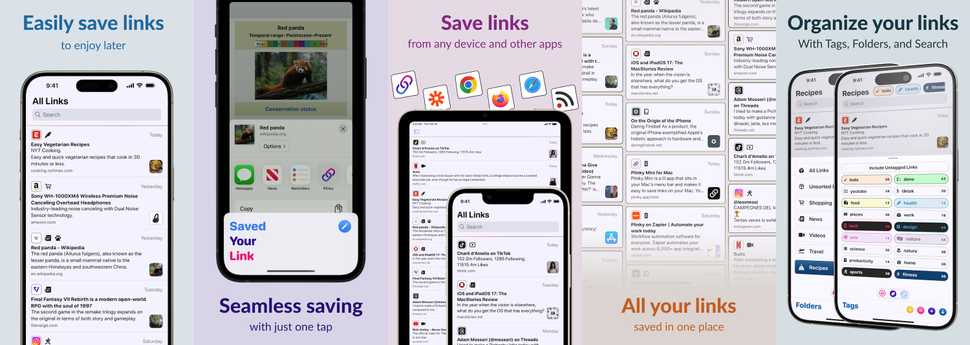Jun 22, 2022 | 26 minute read
This Twitter thread offers a concise high level 13-tweet summary of this post's announcements, but you miss out on a lot of important detail that I highly recommend reading if you plan to start using the libraries I've developed and introduce in this post, or if you'd like to read an interesting technical walkthrough.
This post was updated on August 22, 2022 to reflect the v2 release of Boutique and related API changes.
Apple has never provided a blessed architecture for SwiftUI, and many developers have spent thousands of hours filling the gaps with their own ideas. A familiar approach for many developers is to take the MVVM pattern many people adopted in their UIKit/AppKit apps and translate it to the needs of SwiftUI. That can work well enough, but you begin to see some cracks in the architecture when you need to manage state and data flow due to how heavily SwiftUI leans on having a single source of truth. Others have taken the path of integrating powerful libraries such as The Composable Architecture which provide you with the tools to reason about your entire application. TCA takes inspiration from redux, more specifically The Elm Architecture, two patterns that are rather incredible in how they allow you to define your entire application as a tree of state. But TCA's great power comes with great responsibility a very high learning curve, which can make it difficult to learn personally. TCA's goals are much more of a fit for solving problems with a very high level of complexity, which may not be necessary for every app.
When it comes to developer ergonomics and program provability MVVM and TCA live on opposite ends of the spectrum. MVVM is lenient and depends on convention while TCA apps are built with rigidity in mind to guarantee correctness. This post isn't meant to be a tour of architectures though, I've mentioned those two patterns to show that there's a spectrum of how we develop software, and I believe there's room for something in between.
If SwiftUI shows us anything it's that declarative programming is the future of software development, and we need an approach to software development that leans into the strengths of the paradigm without being overly constrictive. What's needed isn't a whole new architecture, but to bring together tried and true patterns with a new concept, the Store. Continue Reading →


